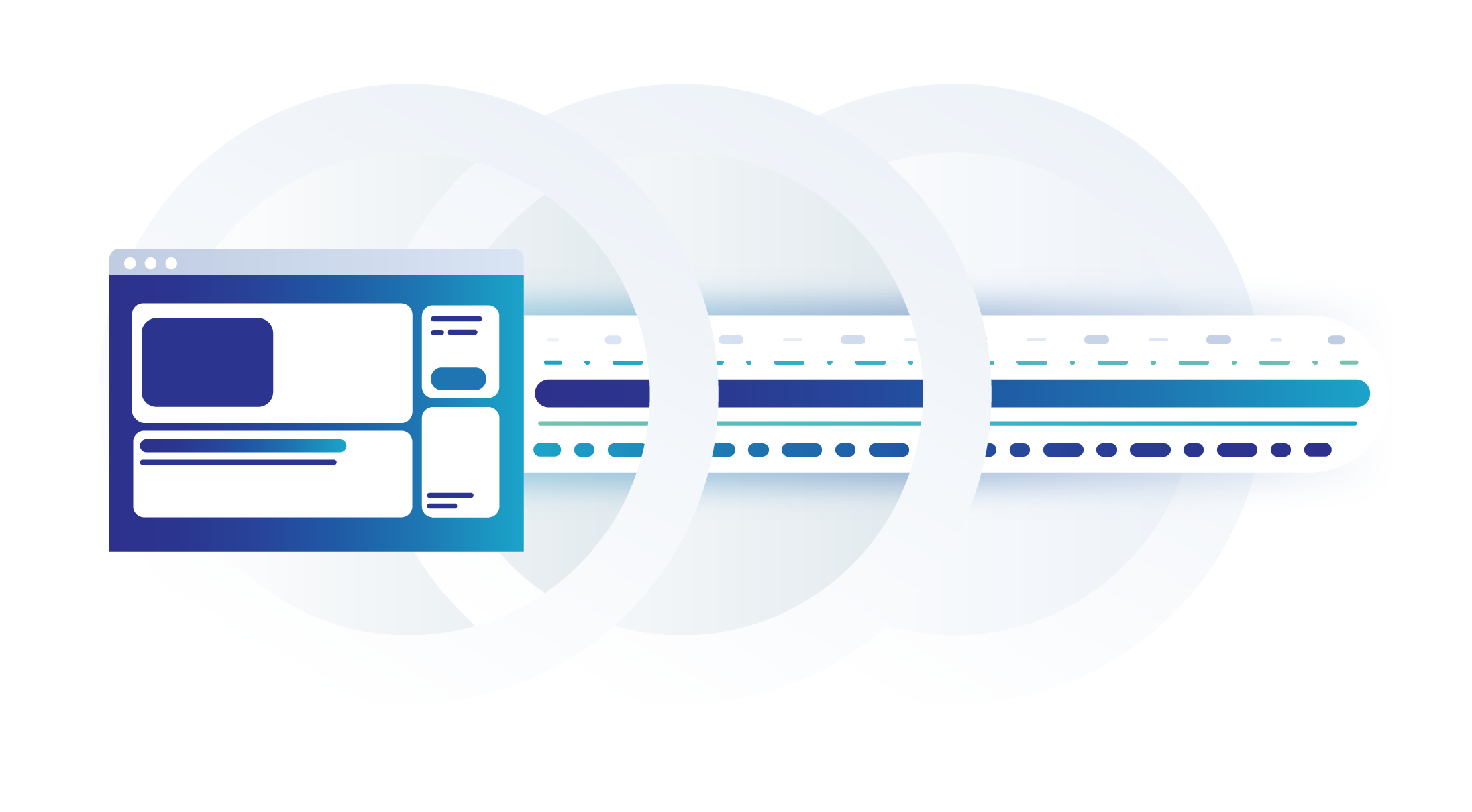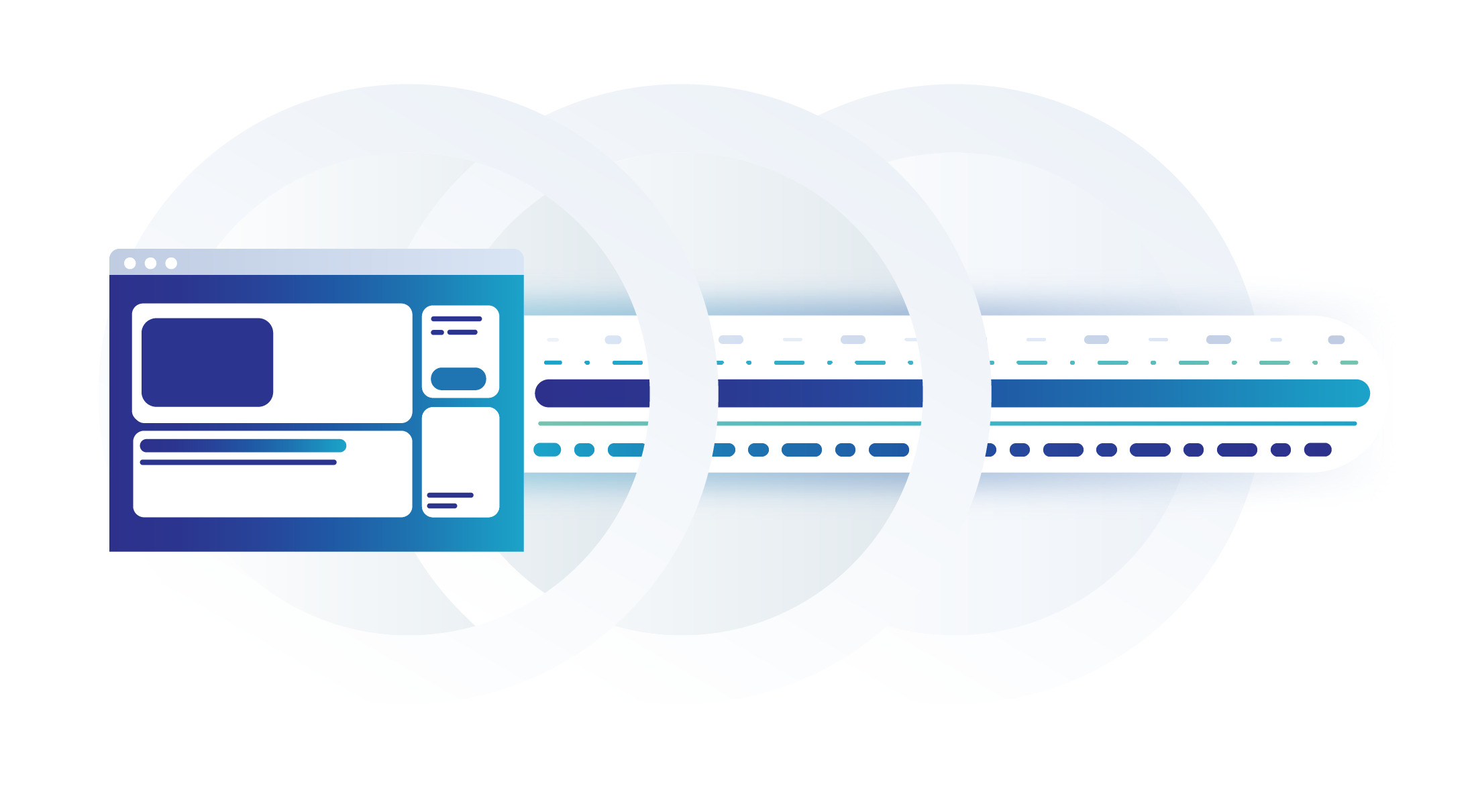What’s new in Calico Enterprise 3.14: WAF, Calico CNI on AKS, and support for RKE2
At Tigera, we strive to innovate at every opportunity thrown at us and deliver what you need! We have listened to what users ask and today we are excited to announce the early preview of Calico Enterprise 3.14. From new capabilities to product supportability and extending partnerships with our trusted partners, let’s take a look at some of the new features in this release.
Web application firewall (WAF)
Web applications are a critical aspect of any business, whether they are public facing or internal. There has been a fundamental shift in the way these applications are developed—as they have become more container-based and API-based, we refer to these as cloud-native applications.
To keep these modern web applications secure, we need to analyze all HTTP communication and block any malicious traffic traversing the web application. However, in a cloud-native environment, we can’t achieve this using simple network policies or by using perimeter network firewalls. Instead, a cloud-native web application firewall (WAF) would be necessary.

Fig. 1: Service annotation for workload-based WAF using Calico
This is why we have introduced a cloud-native WAF into Calico Enterprise that’s different from the traditional WAFs you may know. While most traditional WAFs are deployed Continue reading



